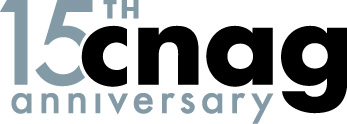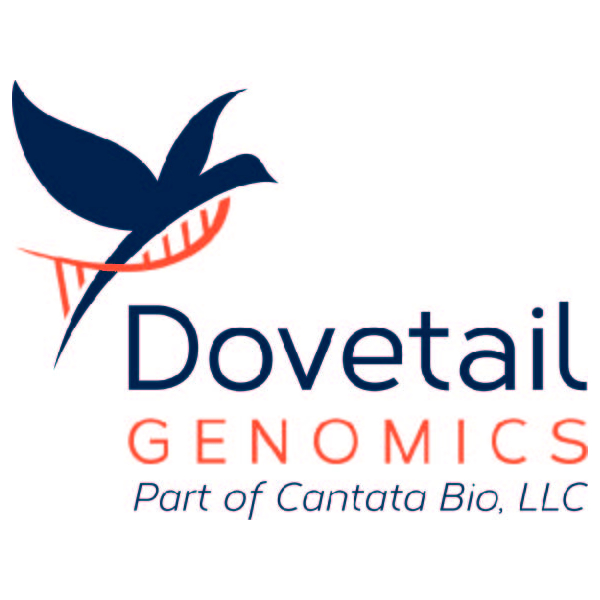
A plethora of experimental and computational methods have flourished since the advent of Chromosome Conformation Capture (3C) in 2002, which allow now a wide-spread use of technologies to study genome organization in space and time (the so-called 4DNucleome).
The CNAG-CRG's Structural Genomics Group has contributed to the field since 2006 when they started working on computational methods for genome structure determination. It is now time that this community, as a field, starts contributing to address human health challenges.
The TAGWAS project leverages the three-dimensional (3D) organization of the genome to identify genes and mutations that increase the predisposition to a disease. Specifically, this research has three aims. The first two aims, which are devoted to computational developments, focus on the implementation of TAGWAS via a generalized approach called METALoci and to complement it with a TAGWAS-based risk score (here called TAGWASrs) to predict disease risk from genotyped individuals. The third aim, which is half experimental and half computational, will apply TAGWAS/rs in three scenarios to:
(1) identify predisposing genes and mutations to pancreatic cancer
(2) identify key genes in colon cancer metastasis
(3) discern patient differences in chronic lymphocytic leukemia.











